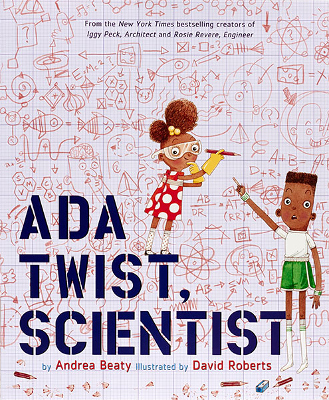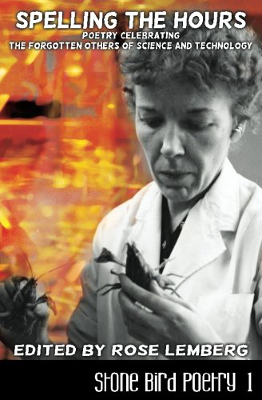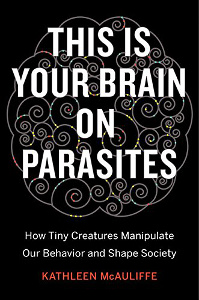 Genre: Children’s Spy / Television Series
Genre: Children’s Spy / Television Series
Main Cast: Mika Abdalla; Ysa Penarejo; Victoria Vida; Genneya Walton; Danica McKellar; Melissa Mabie; Antonio Marziale
First Shown: 7th August, 2015
Available: Netflix
A space launch is threatened, so teenaged spy McKeyla McAlister (Mika Abdalla) is sent to investigate. When some of the girls at her new school figure out she’s a spy, McKeyla is forced to work with them.
Project Mc2 (Project Mc-Squared) aims to promote S.T.E.A.M. (science, technology, engineering, art and mathematics) among girls. The series is linked to its own toy range, including fashion dolls, science experiment kits, and fashion dolls that come with science experiments kits. I’m all for encouraging girls to blow things up (in totally safe ways) but my review focus will be on the programme side of it. However, I think it’s useful to know the full context of the series.
The characters are the core of the series, so I’ll start there. McKeyla is the lead spy. I liked that she was a generalist, rather than a specialist. Her focus is learning to be a leader, as she’s used to working alone. She’s the most serious of the girls. I’m pretty sure she’s intended to be read as white.
The two girls who initially notice something is odd about McKeyla are best friends. The first is Camryn Coyle (Ysa Penarejo). She’s into skater fashions and carries her skateboard around. She’s also the engineer of the group. Not a lot is discussed about her background, but the actress is Filipina-American. Her hair is dyed red (in an obviously dyed way), which I presume was to make each fashion doll have somewhat different hair.
Bryden Bandweth (Genneya Walton) is the computer expert and is very into social media. She talks in hashtags and posts everything to social media, even at times when she really shouldn’t. I did find this a little difficult at first, as she speaks very quickly. Bryden is black with wavy hair.
When the two girls realise they don’t have all the skills they need to figure out what McKeyla is up to, they approach Adrienne Attoms (Victoria Vida), a culinary chemist. Adrienne is very feminine, wearing skirts and heels, and carrying all her stuff around in a handbag. She’s the only character who has her background really expanded on in this season. She’s from Spain and speaks with a Spanish accent. I’m noting her as a Latina character as I’ve seen the actress say that’s the case (the actress is Latina herself). This is where I didn’t like the styling, as Adrienne has bleached blond hair. Though the initial thought may have been to have a doll range with different hair colours, much like Camryn’s hair dye, it also serves to make Adrienne look whiter. That didn’t sit well with me.
This is a short season, coming in at only three episodes. It tells one long story across the episodes. The space flight in question is a publicity thing for Prince Xander (Antonio Marziale), who is teenaged British royalty. I wasn’t too keen on this as the central plot. I never did the celebrity crush thing, so this has always been rather outside my experiences. Swooning over hot British royalty is more of an American thing, so I had a certain amount of eyerolling as a British person. It’s not that anything is wrong with this as such, but it wasn’t to my tastes. Fortunately, the plot focuses more on the girls learning to work together, so there is something there for people who aren’t interested in the celebrity crush angle.
The science ranges from things that are somewhat improbable to things that are rather simple. For example, Bryden’s hacking is mostly shown with her typing quickly without showing the screen. She is improbably fast at hacking things like this. Later, she hacks a security code with a simple number generator, which is a project most viewers could code with a little training. This may not be science realism, but it did work for the concept of the series. It means some of the science shown could be done by viewers, without being science geniuses. I also liked that The Quail (Danica McKellar), the woman who oversees the girls, is played by a real mathematician.
This season doesn’t push science at the expense of feminine girls. Adrienne is taken seriously from the start, as the other girls approach her for help. There’s a running joke of people not knowing what culinary chemistry is, but it’s more that this is a rarely represented field, rather than the practise of it being funny. I did enjoy the moment where she adds a dash of cinnamon to fingerprint powder, and no one else really knows enough about the subject to question it.
In general, this isn’t a “not like other girls” story. The leads are supposed to be the smartest, but there isn’t criticism of other girls and women. It’s adult men who are their main obstacle, as they don’t take the girls seriously. This is handled in a light way, but is unfortunately a very real thing that girls are likely to face if they go into science.
The girls are quite diverse when it comes to race. However, the show is weaker in other areas. Everyone is relatively thin, there are no disabled people, no QUILTBAG characters, and so forth. It wasn’t negative in those areas. There wasn’t fat-shaming or similar, and I’m glad they ate the baked goods Adrienne made without any comments on calories or diets. But I’m always pushing to see more representation in shows for this age group.
I think this series mostly hits its targets. It’s very colourful and bubbly. The central focus is on friendship and awesome science experiments. The girls don’t face more than some mild peril, so it’s not going to be scary for anyone but the youngest of viewers. It’s targeted very well at the tween and younger market, particularly for those looking for something fluffy and silly, rather than serious. My biggest issue is I’d like to see them broaden out who is included.
 First Published: 6th September, 2016
First Published: 6th September, 2016 Full Title: Spelling the Hours: Poetry Celebrating the Forgotten Others of Science and Technology
Full Title: Spelling the Hours: Poetry Celebrating the Forgotten Others of Science and Technology Genre: Children’s Spy / Television Series
Genre: Children’s Spy / Television Series Full Title: This Is Your Brain on Parasites: How Tiny Creatures Manipulate Our Behavior and Shape Society
Full Title: This Is Your Brain on Parasites: How Tiny Creatures Manipulate Our Behavior and Shape Society